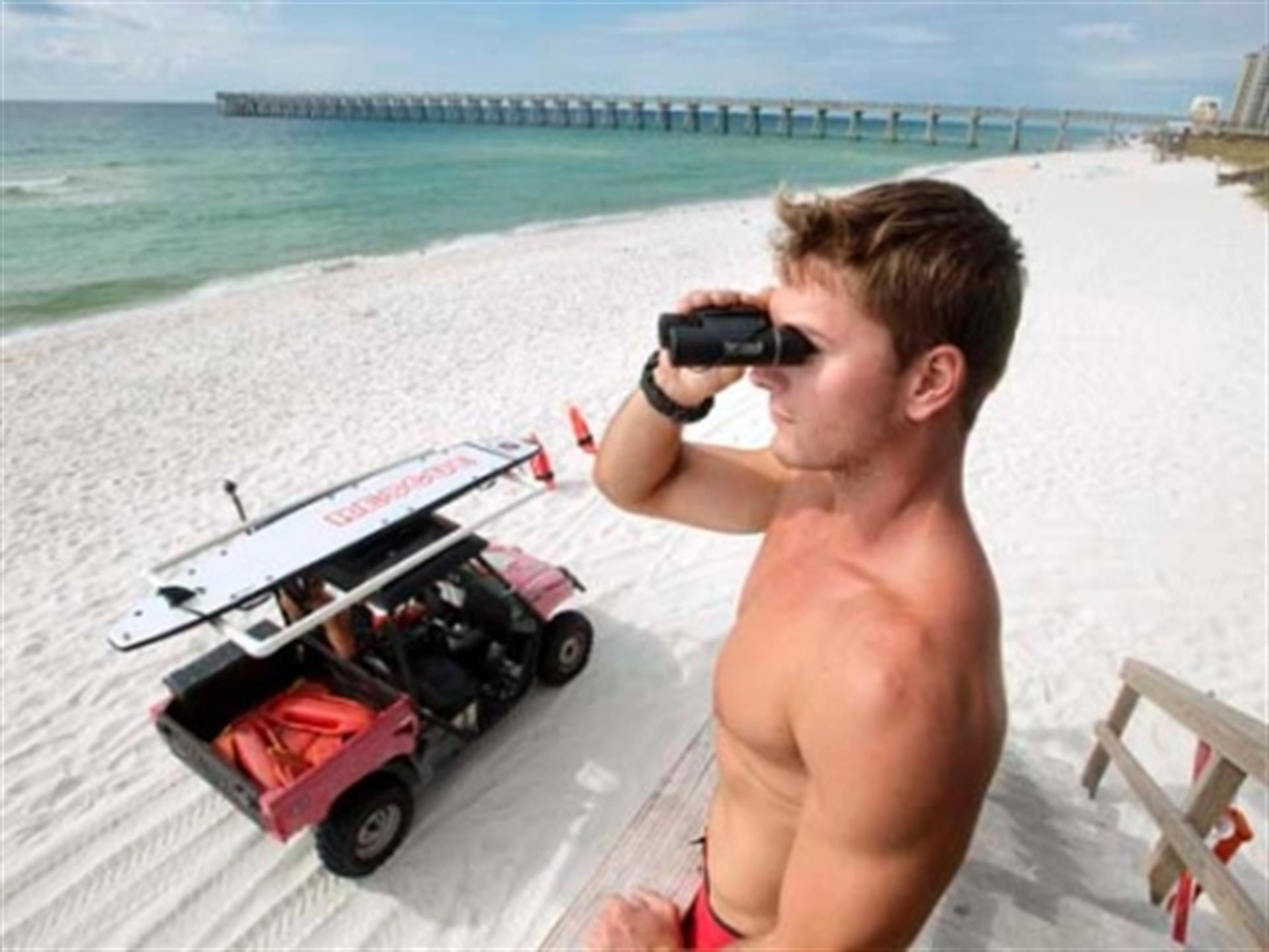Beach Safety

What is the Beach Flag System?
The beach flags provide general warnings about overall surf conditions and do not specifically advise the public of the presence of rip currents. However, increasing awareness of natural conditions which pose a significant risk at the beach, such as rip currents, is a critical element to improve public safety. Florida's beach warning flag program uses flags in four colors accompanied by interpretive signs along the beach to explain the meaning of each color.
GREEN: LOW HAZARD - Calm Condition, Exercise Caution
YELLOW: MEDIUM HAZARD - Moderate Surf and/or Moderate Currents
RED: HIGH HAZARD - High Surf and/or Strong Currents
DOUBLE RED: WATER CLOSED TO PUBLIC
PURPLE: Marine Pests Present
How To Identify A Rip Current
One or more of the following features indicate the presence of a rip current:
Darker color surf, indicating deeper water
Murky brown water caused by sand stirred up on the bottom
Smaller unorganized waves, alongside more evenly breaking waves over a sand bar
Waves breaking further out to sea on both sides of the rip current
What To Do If You See Someone Else Caught In A Rip Current
Notify a lifeguard
Have someone call 911, give accurate landmarks
Do not enter the water, you too will be caught in the current
Throw them a flotation device
Try not to lose sight of the victim
What To Do If You’re Caught In A Rip Current
Don’t panic or swim against the current - Relax and float with the current until it dissipates
Swim parallel to shore and back in
Of course the best way to avoid a rip current is to know the surf conditions before entering the water.